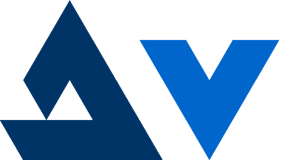On Tuesday March 10, the team headed back to VMware’s campus to present our project idea and the work we had accomplished throughout the quarter. With Sanjay Poonen, General Manager of End-User Computing, and other big names at VMware all in attendance, this was by far the biggest stage we had seen to date.
The slides to the presentation can be found here. To summarize our presentation, we discussed the IT Service Management (ITSM) space, the opportunities that we found within the space, our 3 value propositions that fill these needs, and lastly we showed a demo of our product. At the end of the presentation we were asked some questions about our product. All of this went really smoothly and the people at VMware were extremely excited about our idea. Sanjay was impressed enough to tweet about us after and even discussed an opportunity to present in front of the CEO of VMware. This was a huge moment for the team: we had spent a good portion of the quarter playing catch-up after pivoting ideas fairly late in the game, and this moment was when we realized we had finally caught back up and landed at a product with tons of value.
With the affirmation of the value in our product idea and more helpful contacts at VMware, team DVation is well set for a productive quarter of transforming the idea into quality software. Who knows, we may be able to sell it someday!
DVation would like to thank Jay Borenstein for his help throughout the quarter and setting up this meeting, and Sanjay Poonen and the other folks at VMware who took the time to listen to our idea and provide some great feedback.
